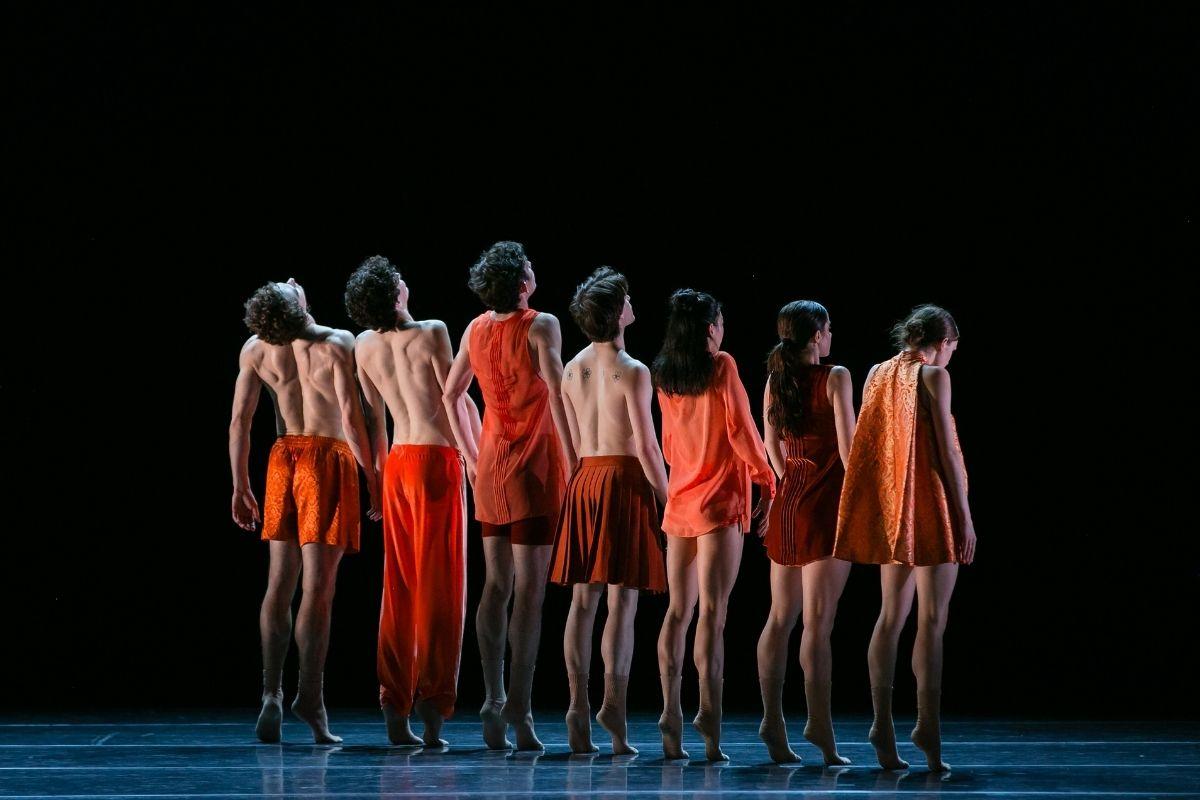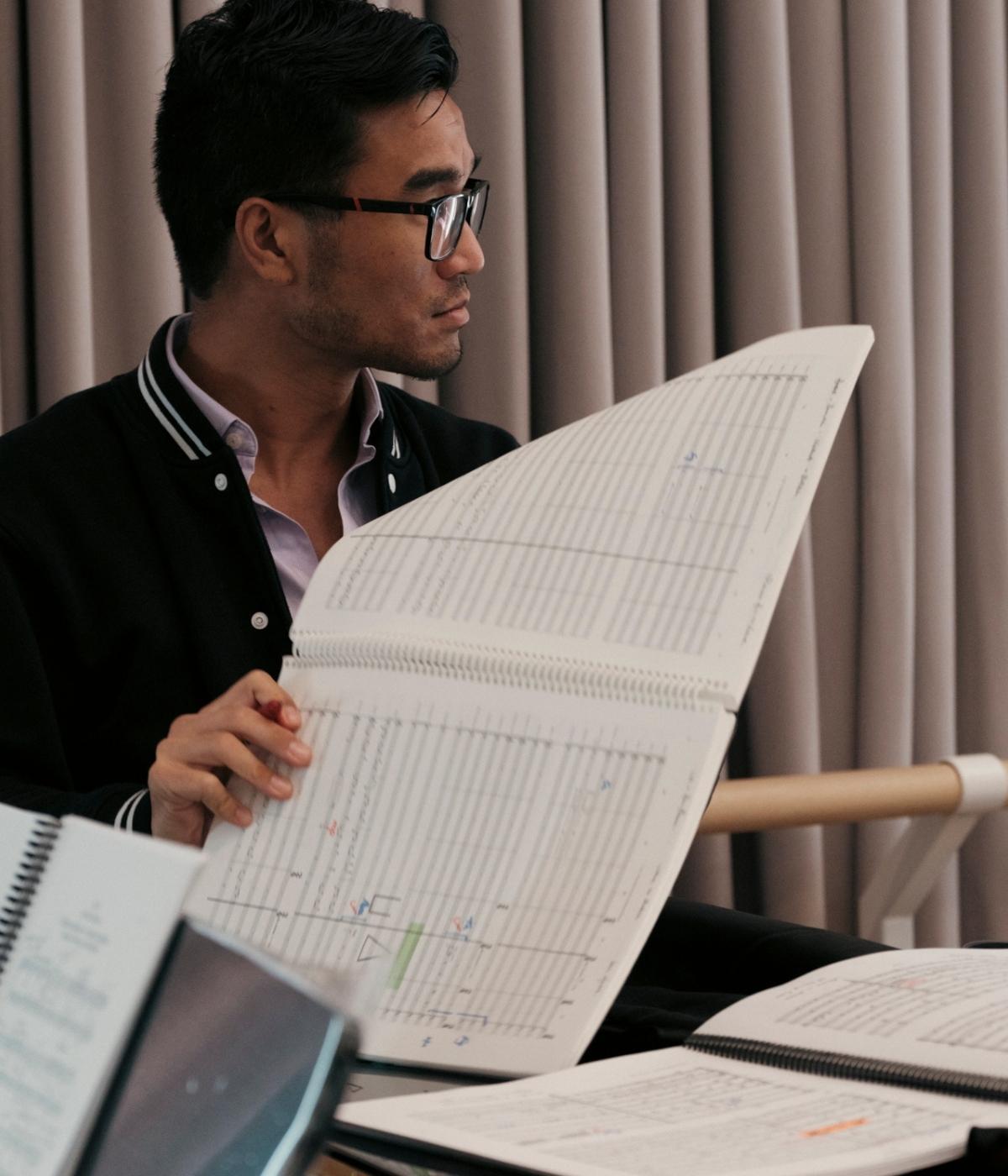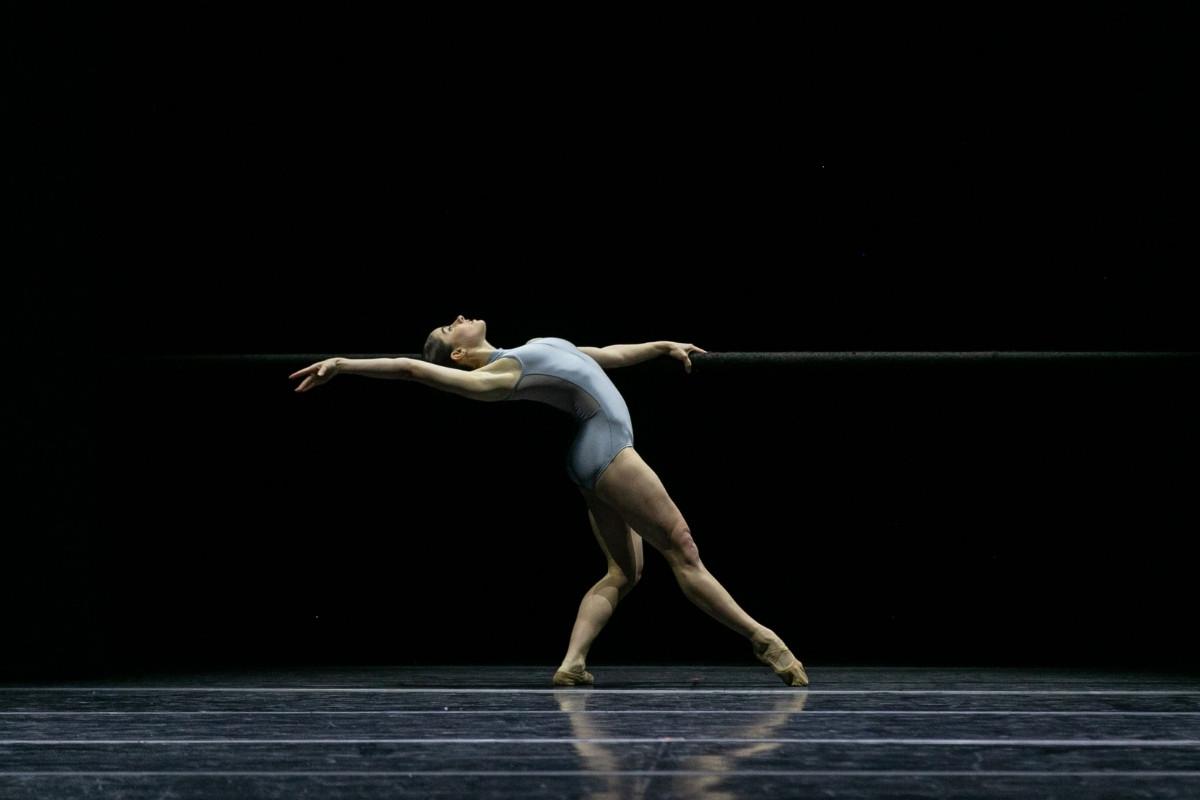The Australian Ballet present a blistering array of choreography both original and historical in new show ‘PRISM’.
Among them is Jerome Robbins’ ‘Glass Pieces’, gracing Australian audiences with a rare performance of music by Philip Glass.
Despite his long-held status as one of contemporary classical music’s most significant living composers, Glass’s presence down under has remained relatively minimal. A recent exception on Australian shores has been the Melbourne Recital Centre’s showcase of early-career pieces, back in May, but even that was adapted for French bagpipes and not totally representative of the composer’s original work.
To hear any of Glass’s work, then, performed by an Australian orchestra remains a rare treat. Such is one of the many appeals of ‘PRISM’, which sees choreography by legends of contemporary dance Jerome Robbins and William Forsythe, as well as the world premiere of Australian choreographer Stephanie Lake’s electrifying ‘Seven Days’.

'Seven Days' - Image © Kate Longley
Across an entrancing sweep of moods and dynamic musical hues, Orchestra Victoria give a heroically versatile performance of Glass works and selections of J.S. Bach’s ‘Goldberg Variations’. Achieving this elegant balance of style and genre is Australian Ballet music director Jonathan Lo.
“It's easy to think of Glass’s music as punchy, with lots of repetitive riffs,” Lo says of Glass’s signature minimalist style, “but there is so much melodic beauty within it. I think that's the reason why you can listen to it again and be lulled into a sugary trance. It’s not a stressful trance; there’s a lot of sugar in the music.”
The three works that comprise ‘Glass Pieces’ are clear examples of this easily digestible, attractive musical form: 'Rubric' and 'Façades' from Glass’s landmark 1982 album ‘Glassworks’, and 'Funeral Of Amenhotep III' from his 1984 opera ‘Akhnaten’. Conceived within the parameters of a chamber orchestra, the two ‘Glassworks’ pieces are well-suited to the confines of the theatre’s small orchestra pit; yet 'Funeral' is a far grander work for the large orchestra and chorus of the opera hall.

Jonathan Lo
A workaround for this is the supplementing of human voices with woodwinds, a solution that Lo underlines as a deliberate compromise.
“‘Glass Pieces’ started out actually as part of a project that Robbins was doing with Philip Glass, when he was asked to direct, choreograph and also be part of the creative team for the opera ‘Akhnaten’,” he says, referring to second addition within Glass’s portrait trilogy, sandwiched between operas about Albert Einstein ('Einstein on the Beach', 1976) and Mahatma Gandhi (‘Satyagraha’, 1980).
“The project never happened,” Lo says, “but I think Jerome Robbins took what he would've choreographed as a starting point when he was making this ballet. I think we were blessed by the fact that when it was first conceived, this ballet was always going to be reduced down so that it would then fit in with the ensemble of the other pieces of ‘Glassworks’.”
The effect is both expertly conceived and exquisitely realised, particularly evident in the propulsive drumming that opens 'Funeral' and charges the on-stage dancing with tremendous pace and verve.

'Blake Works V: The Barre Project' - Image © Kate Longley
The opening night performance at the Regent Theatre saw two percussionists placed in the centre of the tight orchestra pit, pounding two large drums that fluttered ecstatically across the multiple raised tiers of the audience.
The fusion of Robbins’s hypnotic, elegantly muscular choreography and Glass’s enthralling minimalist compositions presents a work that remains equally fresh and thrilling, decades later.
“I think the reason why this piece is so relevant, and so timeless in a sense,” Lo concludes, “is that within it you can see there’s this beautiful balletic language. But within that, there's something slightly almost ritualistic about it, originated from ‘Akhnaten’: there's all this wonderful, free, stylised loose limbs and loose bodies and everyday human elements. So you can feel that the piece, in its short half-an-hour duration, really goes through the whole timespan of humanity.”
A work for the ages, and one not to be missed.
‘PRISM’ is performing at the Regent Theatre (Melbourne) until 4 October, and at the Sydney Opera House from 7-15 November.






